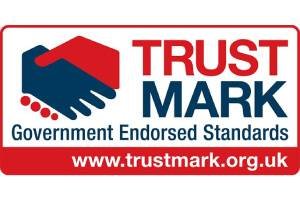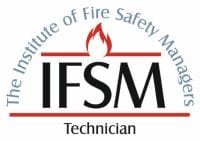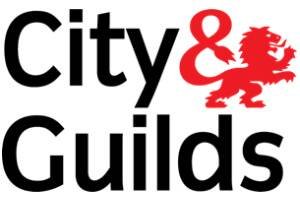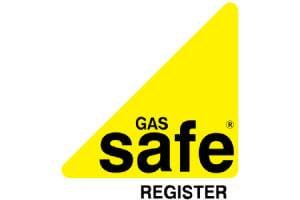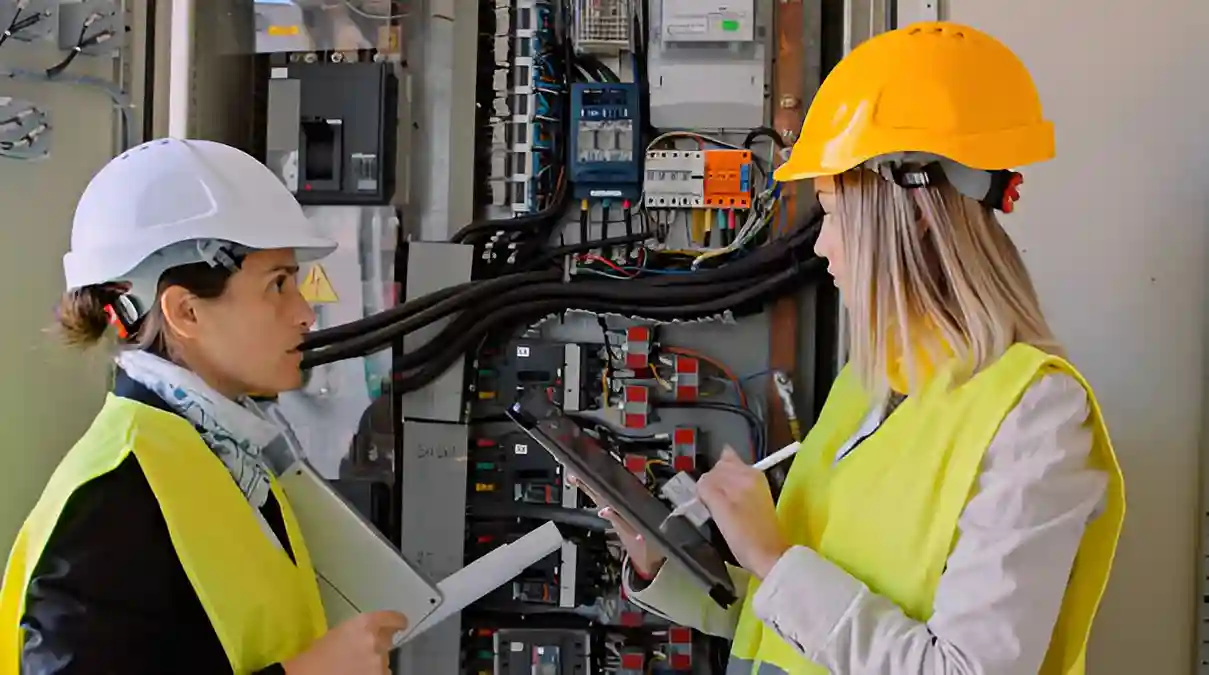
The cost of a Commercial EICR is a key factor that businesses must plan for. Prices can differ based on factors such as property size and complications. Understanding these costs, along with the legal implications and long-term savings, can guide business owners in making informed decisions. With so many variables at play, it’s essential to explore what influences these prices and what one can expect from the assessment process.
Key Takeaways
- When calculating Commercial EICR cost, businesses should consider both property size and regional market pricing.
- Typical costs range from £150 for small shops to £600 for large warehouses.
- Regular inspections are legally required every five years or with occupancy changes for commercial properties.
- Investing in EICRs can prevent costly repairs and enhance overall operational efficiency.
Commercial EICR Overview: Purpose, Process, and Importance
The Commercial Electrical Installation Condition Report (EICR) provides an essential assessment of electrical safety standards across commercial premises. This report determines the condition of electrical installations, spotting any possible risks or compliance issues. Through an EICR, certified electricians thoroughly examine electrical systems, ensuring they adhere to legal safety requirements and industry standards.
The significance of understanding Commercial EICR cost lies in its ability to prevent electrical accidents, reduce fire threats, and maintain operational efficiency. Regular assessments contribute to the longevity of electrical installations and protect both personnel and property.
Additionally, an EICR can support businesses in demonstrating compliance with legal obligations and insurance requirements. By discovering necessary repairs or upgrades, the report helps in budgeting and planning for future electrical needs.
The role of an EICR in workplace safety
An EICR plays an essential role in guaranteeing workplace safety by determining possible electrical dangers that could pose risks to employees and visitors. By conducting a thorough inspection, businesses can alleviate dangers related to faulty wiring, overloaded circuits, and outdated electrical systems.
The EICR process typically involves:
- Visual Inspection: Spotting the condition of electrical installations and equipment to pinpoint visible issues that require attention.
- Testing: Performing various tests on circuits and devices to verify they operate safely and meet established standards.
- Reporting: Providing a detailed report outlining any identified risks, necessary remedial actions, and recommendations for improvements.
Implementing the findings from an EICR not only enhances safety but also increases responsibility within the workplace, ultimately protecting both employees and assets.
Regular EICR assessments are essential for maintaining a secure and compliant working environment.
Legal requirements for businesses and landlords
While guaranteeing safety and compliance, businesses and landlords must adhere to specific legal requirements regarding Electrical Installation Condition Reports (EICRs). The law mandates that all commercial properties undergo regular electrical inspections to assess the safety and condition of their electrical installations.
In the UK, the 18th Edition of the IET Wiring Regulations outlines these obligations, requiring EICRs to be conducted at least every five years or upon a change of occupancy.
Landlords are also responsible for guaranteeing that any electrical work is performed by qualified professionals.
Additionally, an EICR must be available to tenants upon request, guaranteeing transparency and safety. By adhering to these legal requirements, businesses and landlords not only protect their properties but also guarantee the safety of employees and tenants.
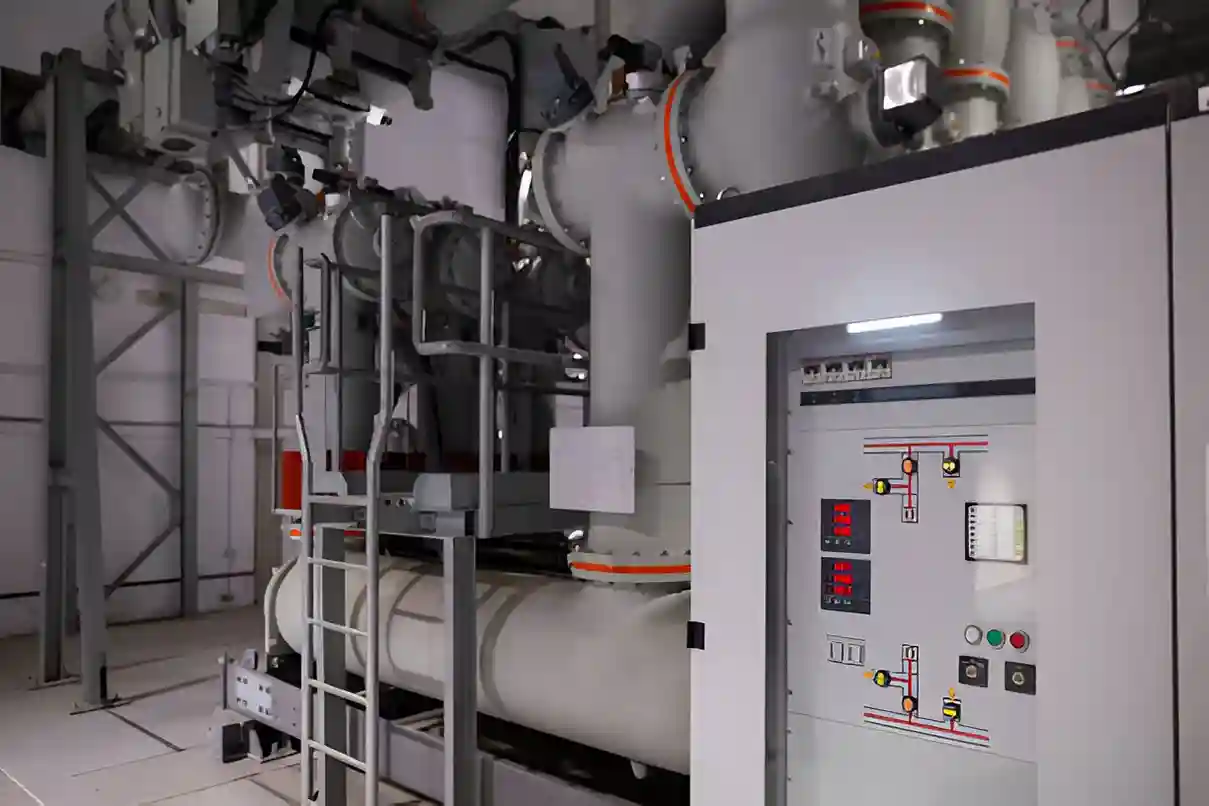
How Much Does a Commercial EICR Cost?
Knowing the Commercial EICR cost helps landlords and business owners budget effectively while staying compliant with electrical safety laws. The overall commercial EICR cost can vary widely based on several factors, leading to a range of expenses.
Key factors influencing the cost include:
- Size: Since larger properties involve more circuits and systems, the Commercial EICR cost is typically higher compared to smaller sites.
- Condition of Electrical Systems: Older or poorly maintained systems may necessitate additional time and resources for assessment.
- Regional Variations: Pricing can differ greatly depending on the geographical location and local market rates.
Understanding these elements helps businesses plan their budgets effectively while ensuring compliance with safety regulations.
Average commercial EICR cost in the UK
Many businesses in the UK can expect to pay between £150 and £500 for a commercial EICR cost, depending on various factors such as property size and electrical system condition. The average cost typically reflects the complexity of the installation and the thoroughness of the inspection required.
Smaller commercial properties with simpler electrical systems may face lower fees, while larger or older properties may demand a more extensive examination, consequently increasing the cost.
Additionally, the geographical location can influence pricing, as urban areas may have higher labour rates compared to rural regions.
It is also essential for businesses to assess the reputation and qualifications of the electrician performing the EICR, as this can affect both the quality of the assessment and long-term costs associated with any necessary remedial work.
Price differences for small vs large commercial properties
Comparing the commercial EICR costs reveals significant price differences between small and large commercial properties. Various factors contribute to these discrepancies, primarily linked to the scale and difficulty of the electrical systems involved.
- Property: Since larger properties involve more circuits and systems, the Commercial EICR cost is typically higher compared to smaller sites.
- Time Required for Inspection: EICR assessments for large commercial buildings take longer, which increases labour costs for the electricians performing the checks.
- Number of Circuits: Larger properties often have multiple circuits and distribution boards, necessitating more thorough testing and assessment, further elevating the overall cost.
These variables underscore how property size plays a significant role in determining EICR costs. This makes it integral for property owners to take into account their specific circumstances when budgeting for these inspections.
Typical commercial EICR cost range for shops, offices, and warehouses
Although the commercial EICR cost is not the same for every property, businesses such as offices, retail shops, and warehouses typically see costs determined by building size and electrical setup. The following table outlines the typical cost ranges for various commercial property types:
| Property Type | Size Category | Cost Range (£) |
|---|---|---|
| Shop | Small | 150 – 300 |
| Office | Medium | 200 – 400 |
| Warehouse | Large | 300 – 600 |
| Retail Store | Large | 250 – 500 |
These figures provide a general guideline, helping property owners budget effectively for necessary electrical inspections. Understanding these typical costs can assist in making informed decisions regarding EICR services.
Factors That Influence the Commercial EICR Cost
The cost of conducting an Electrical Installation Condition Report (EICR) for commercial properties is influenced by several key factors beyond just the size and type of property.
These factors can lead to variations in pricing that business owners should consider when budgeting for their electrical safety assessments.
- Complexity of the Electrical System: Older or more intricate systems may require additional testing and analysis, increasing labour costs and time.
- Location: Geographic location can impact costs due to differences in labour rates and travel expenses, particularly for remote or hard-to-reach areas.
- Urgency of the Service: If an EICR is needed quickly, service providers may charge a premium for expedited assessments, affecting the overall cost.
Understanding these factors helps business owners make informed decisions regarding their electrical safety and compliance needs.
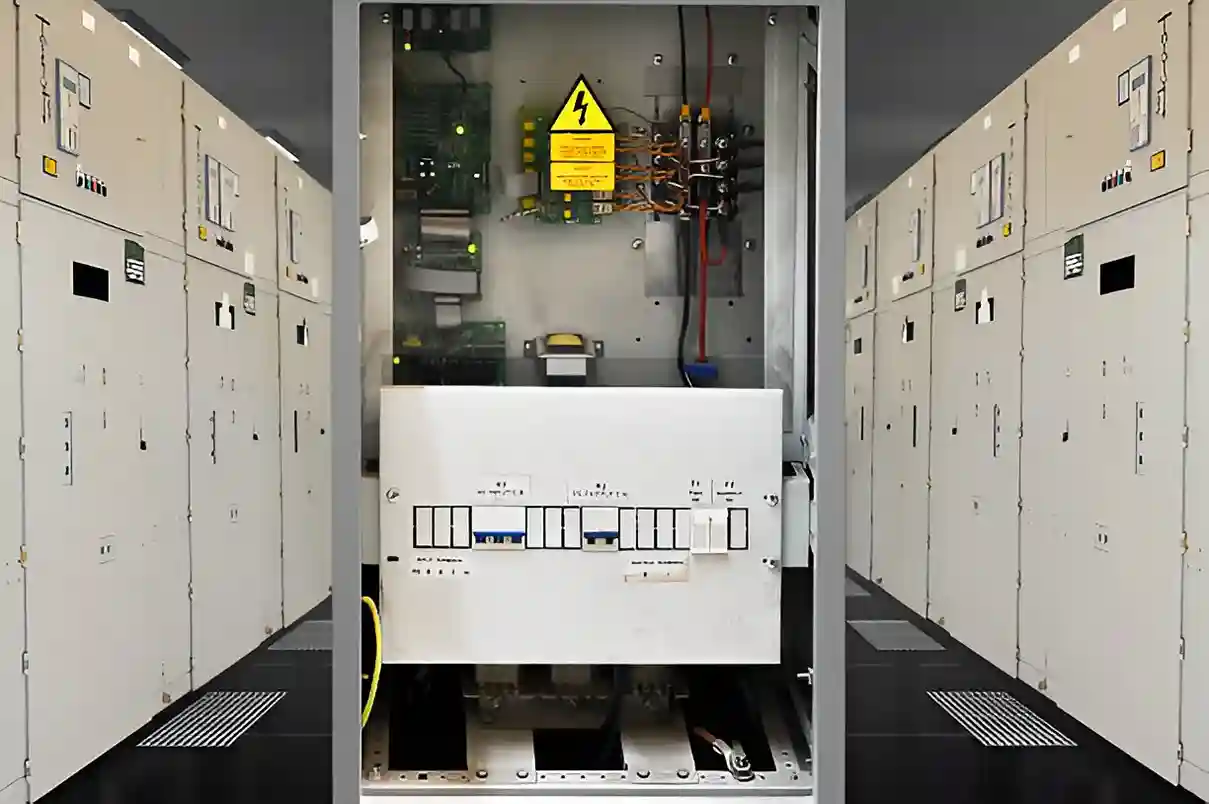
Why Investing in a Commercial EICR Cost Saves Money Long-Term
Investing in a commercial Electrical Installation Condition Report (EICR) can lead to significant long-term savings for businesses, as it recognises electrical issues before they escalate into costly problems.
Regular EICR assessments also help maintain compliance with safety regulations, reducing the risk of fines and liabilities associated with electrical dangers.
Moreover, a well-maintained electrical system can improve energy efficiency, leading to lower utility bills. Businesses that neglect electrical maintenance often face higher operational costs due to inefficient systems and increased risk of equipment failure.
Ultimately, the initial expense of an EICR is outweighed by the financial benefits of preventing major electrical failures, ensuring a safer work environment, and enhancing overall operational efficiency.
Consequently, a commercial EICR cost serves as a strategic investment for long-term financial health.
What’s Included in the Commercial EICR Cost?
Understanding the components of the commercial EICR cost is essential for businesses planning to undertake this significant assessment. Several factors contribute to the overall pricing structure, ensuring a thorough examination of the electrical systems within a commercial property.
- Assessment Fees: Charges for the initial inspection, which may vary based on the property’s size and the difficulty of the system.
- Reporting Costs: Expenses associated with generating the EICR report, detailing any findings and necessary recommendations for repairs or improvements.
- Follow-Up Services: Additional commercial EICR costs for any required remedial work or re-inspections that may arise from the initial assessment findings.
Frequently asked questions.
Conclusion
To summarise, understanding the commercial EICR cost and factors is essential for businesses and landlords. By investing in a thorough assessment, companies not only guarantee compliance with legal safety requirements but also protect their assets and enhance workplace safety. Ultimately, the initial expense of an EICR can lead to significant savings in the long run, making it a prudent investment for any commercial property owner.


